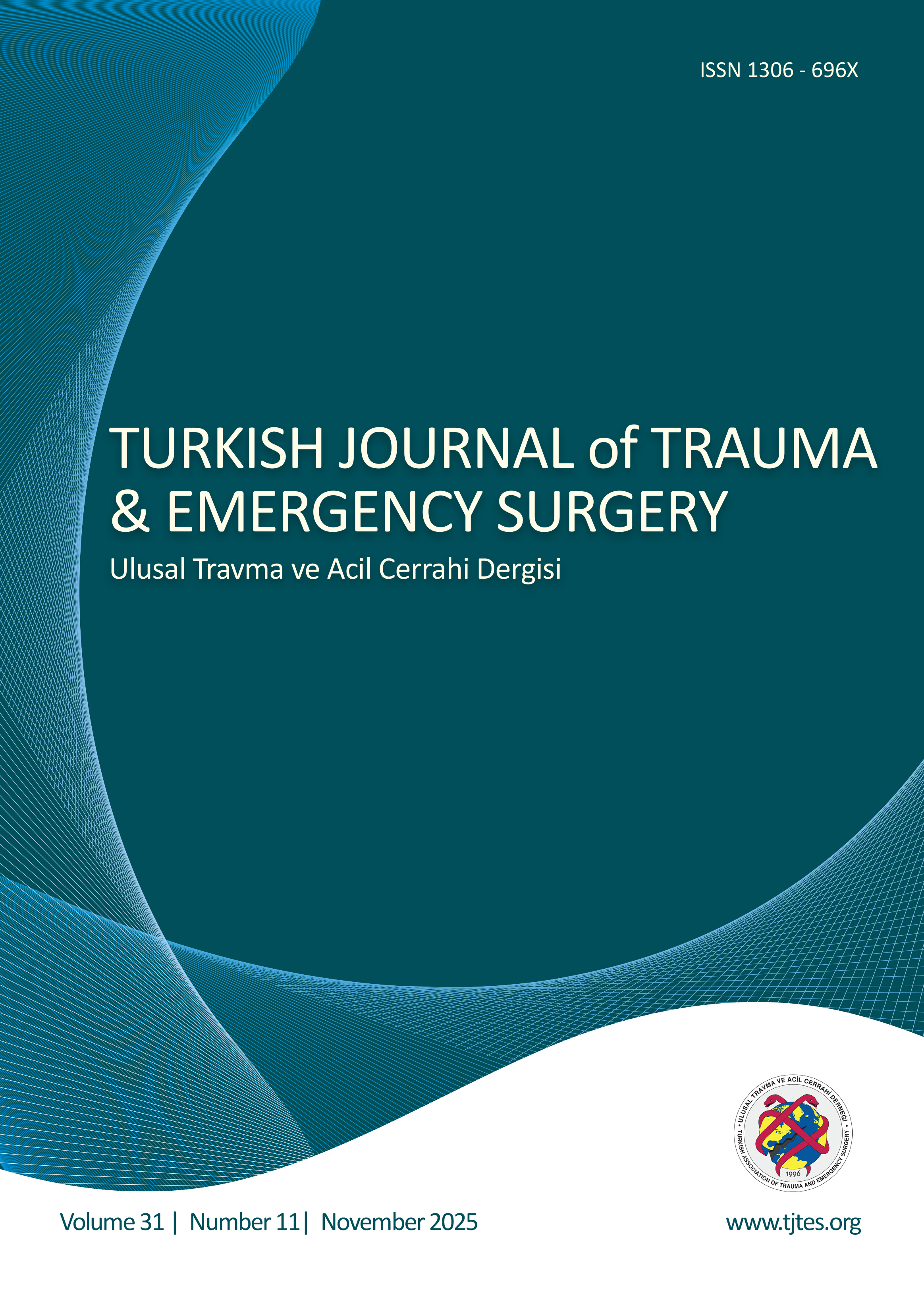Hızlı Arama
Thermoelastic stress analysis to validate tibial fixation technique in total ankle prostheses - a pilot study.
Andreas Ficklscherer1, Bernd Wegener1, Thomas Niethammer1, Matthias F Pietschmann1, Peter E Müller1, Volkmar Jansson1, Hans-heinrich Trouillier21Dept. Of Orthopaedic Surgery University Hospital Of Munich (lmu) Campus Grosshadern Marchioninistr. 15 81377 Munich Germany2Franziskus Hospital, Kiskerstr. 26, 33615 Bielefeld, Germany
Background Recent literature has shown a high rate of aseptic loosening of the tibial component in total ankle prostheses.
Methods We analyzed the interface between tibial bone and tibial component with a thermo-elastic stress analysis to demonstrate load transmission onto the distal tibia. We used two established ankle prostheses which were implanted in two human cadaveric and in two thrid-generation composite tibia bones. Subsequently the bones were attached to a hydropulser and a sinusoidal load of 700 N was applied.
Results Both prostheses had a inhomogeneous load transmission onto the distal tibia. Instead of distributing load equally to the subarticular bone, forces were focused around the bolting stem accumulating as stress maxima with forces up to 90 MPa.
Conclusions As demonstrated in this study, anchoring systems with stems used in all established total ankle prostheses, lead to an inhomogeneous load transmission onto the distal tibia and to a distribution of load into the weaker metaphyseal bone. For these reasons we favour a prosthesis design with minimal bone resection and without any stem or stem-like anchoring system and therefore ask for a homogenous load transmission onto the distal tibia. Further studies will have to proof our findings in other prostheses designs (e.g. Hintegra).
Keywords: Total ankle replacement, aseptic loosening, thermo-elastic stress analysis
Makale Dili: İngilizce





